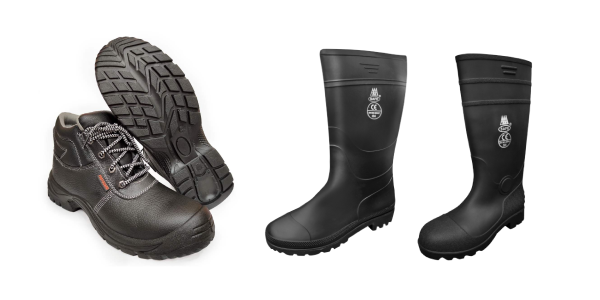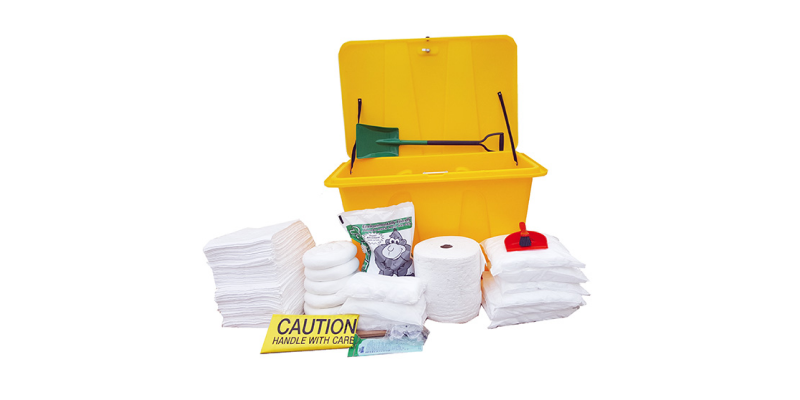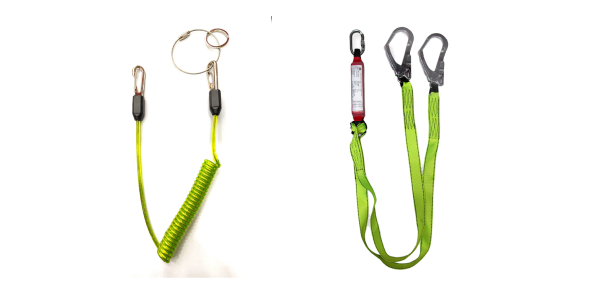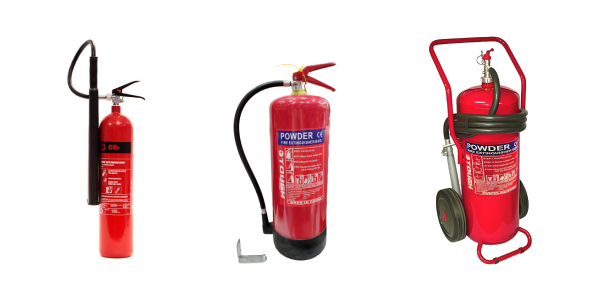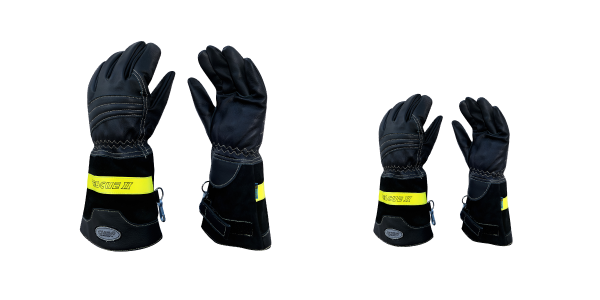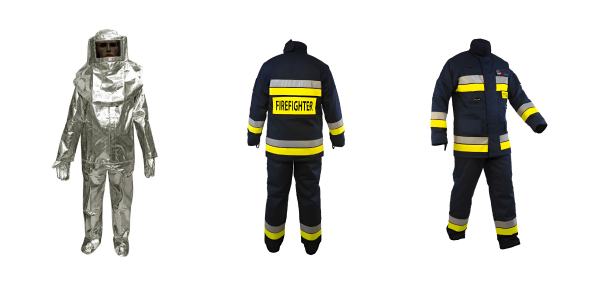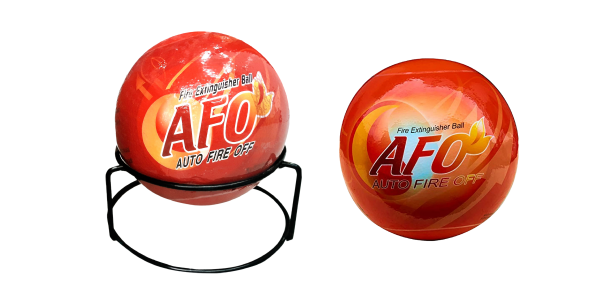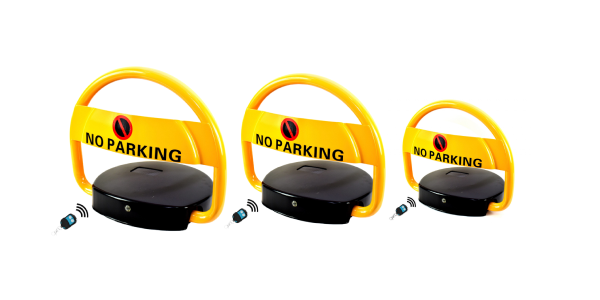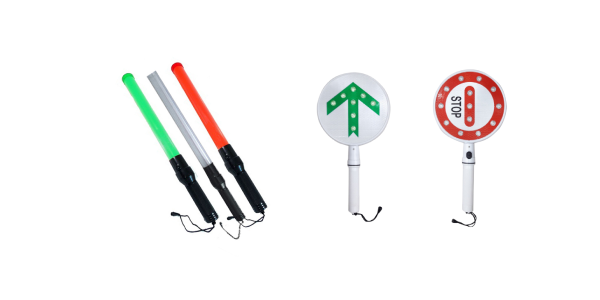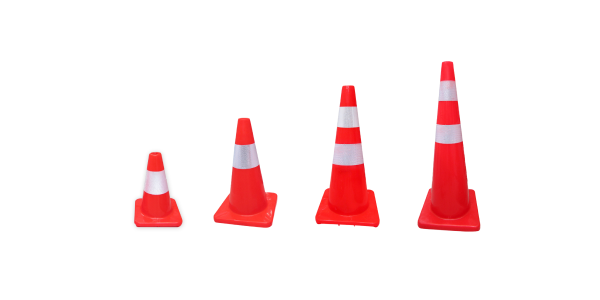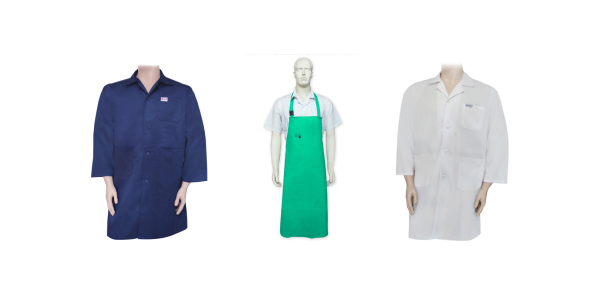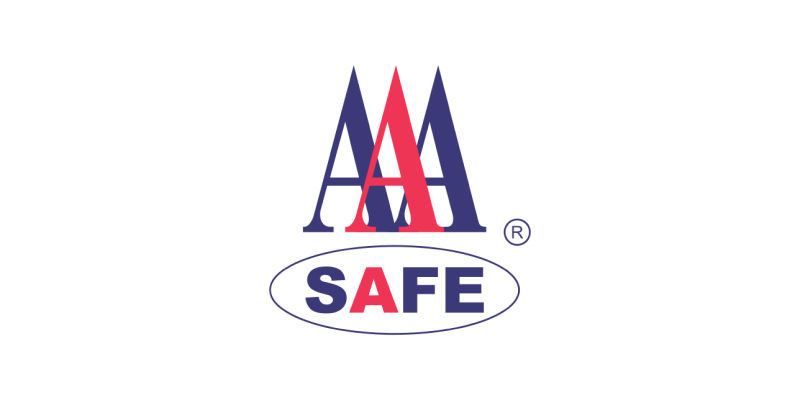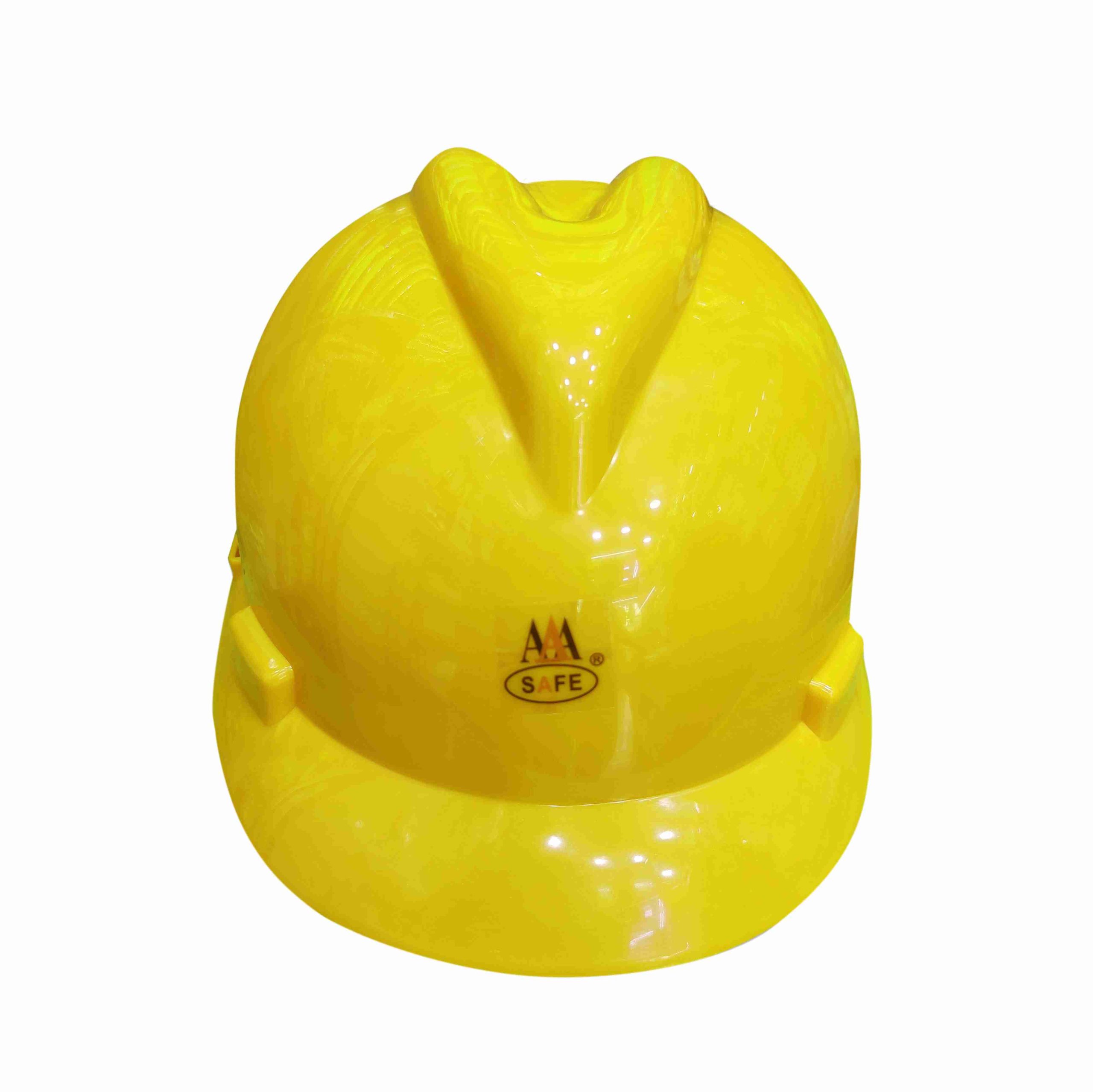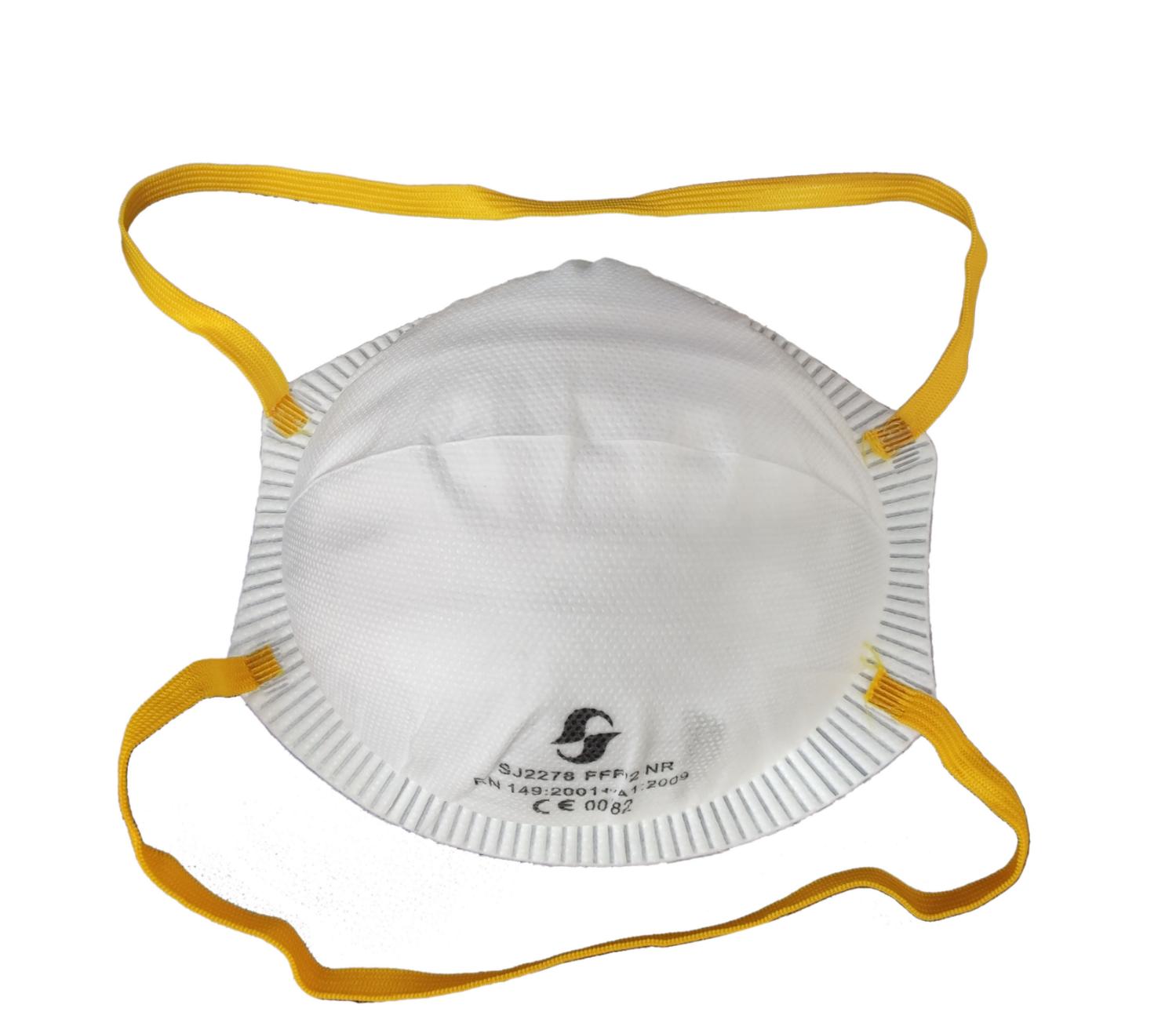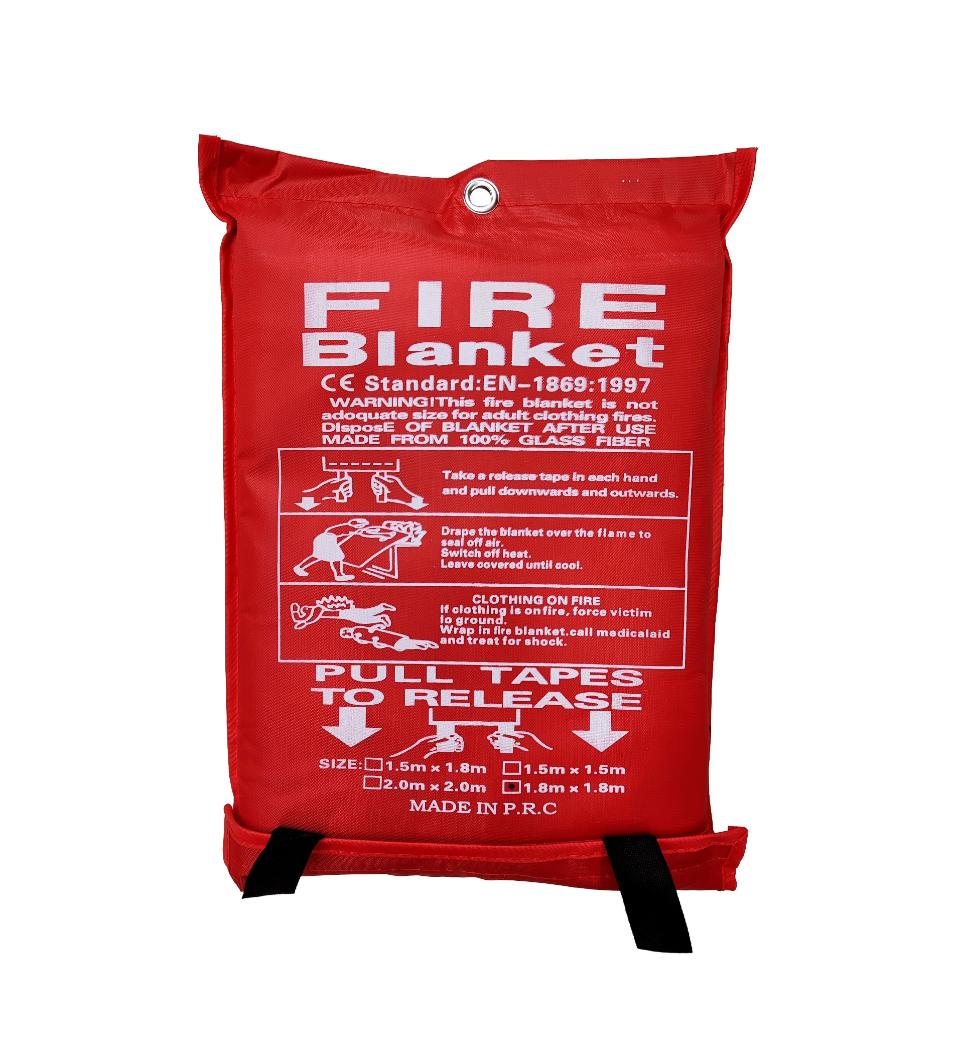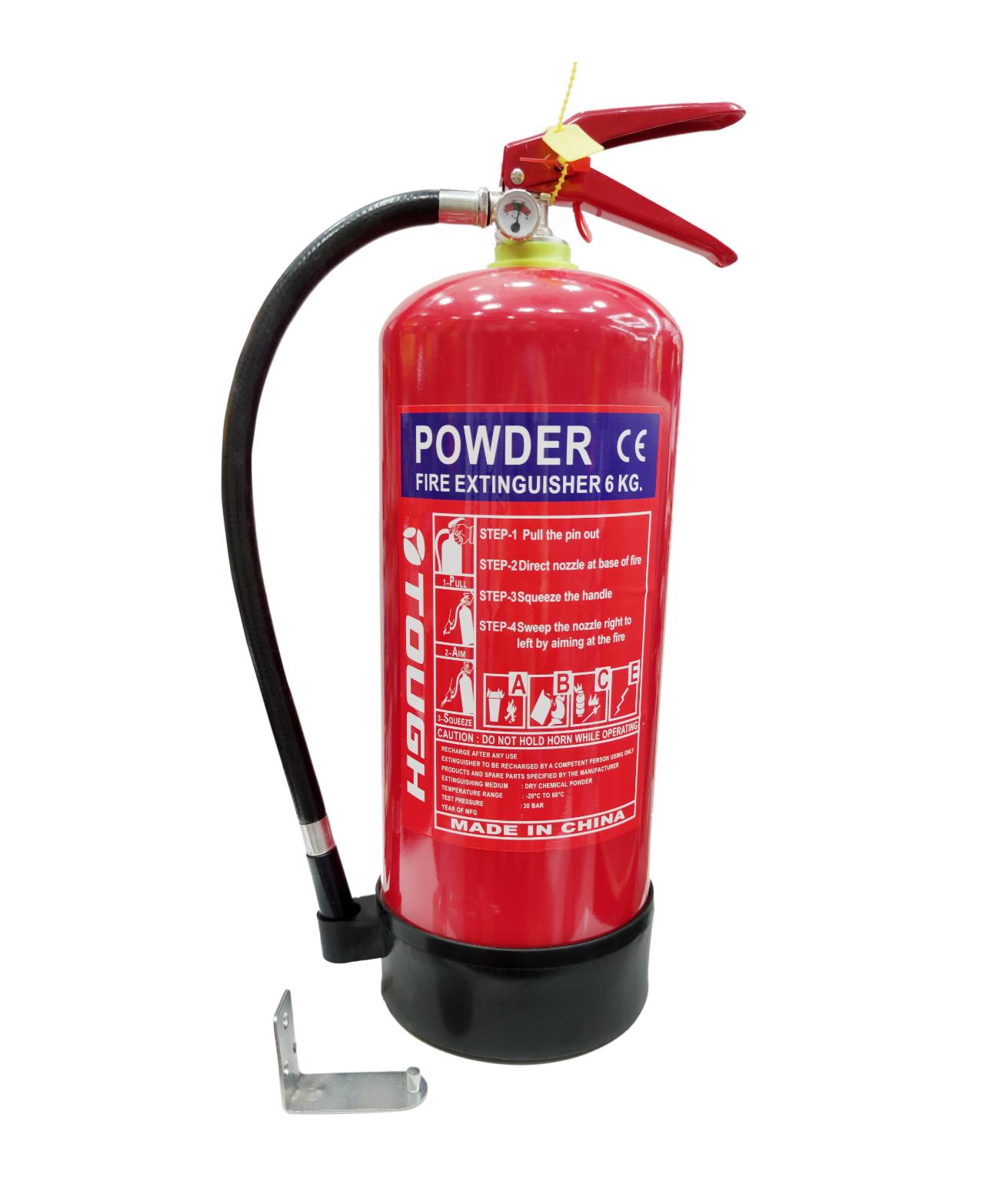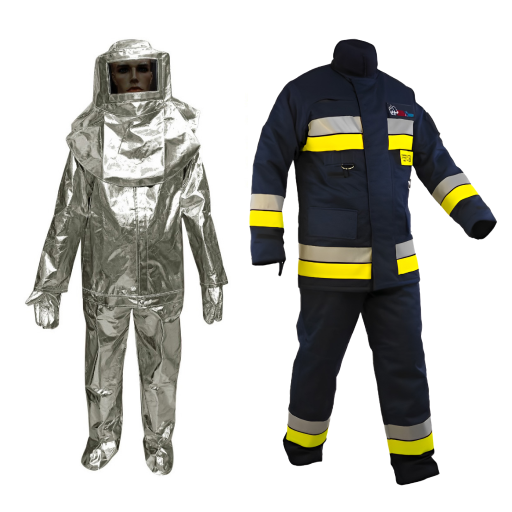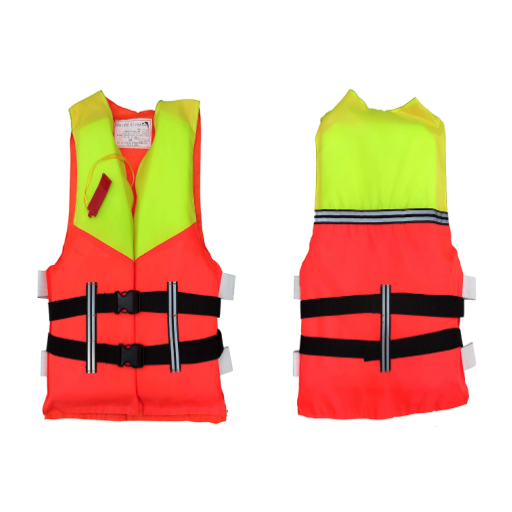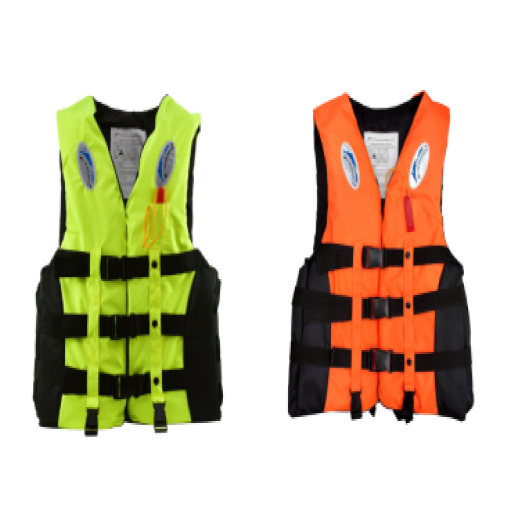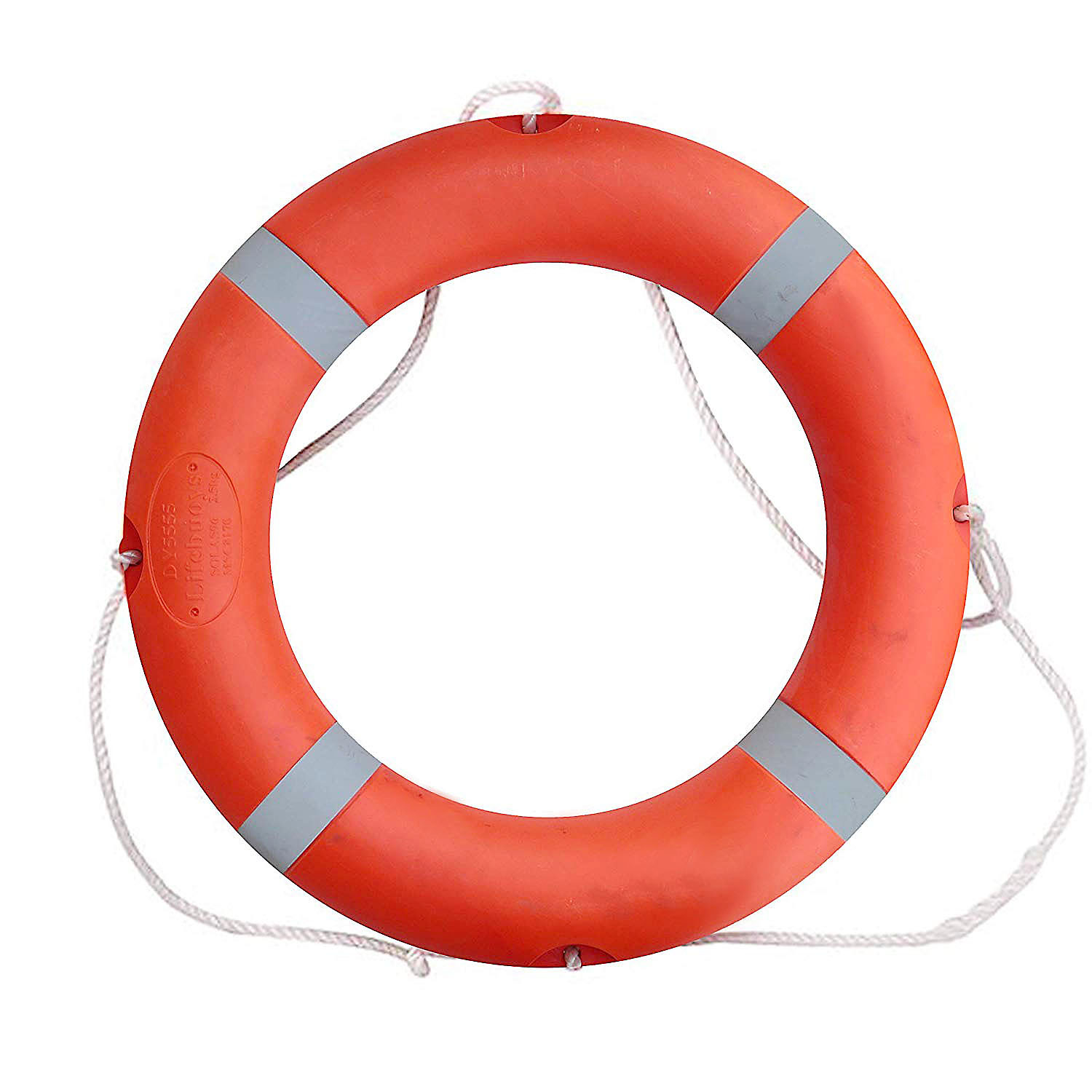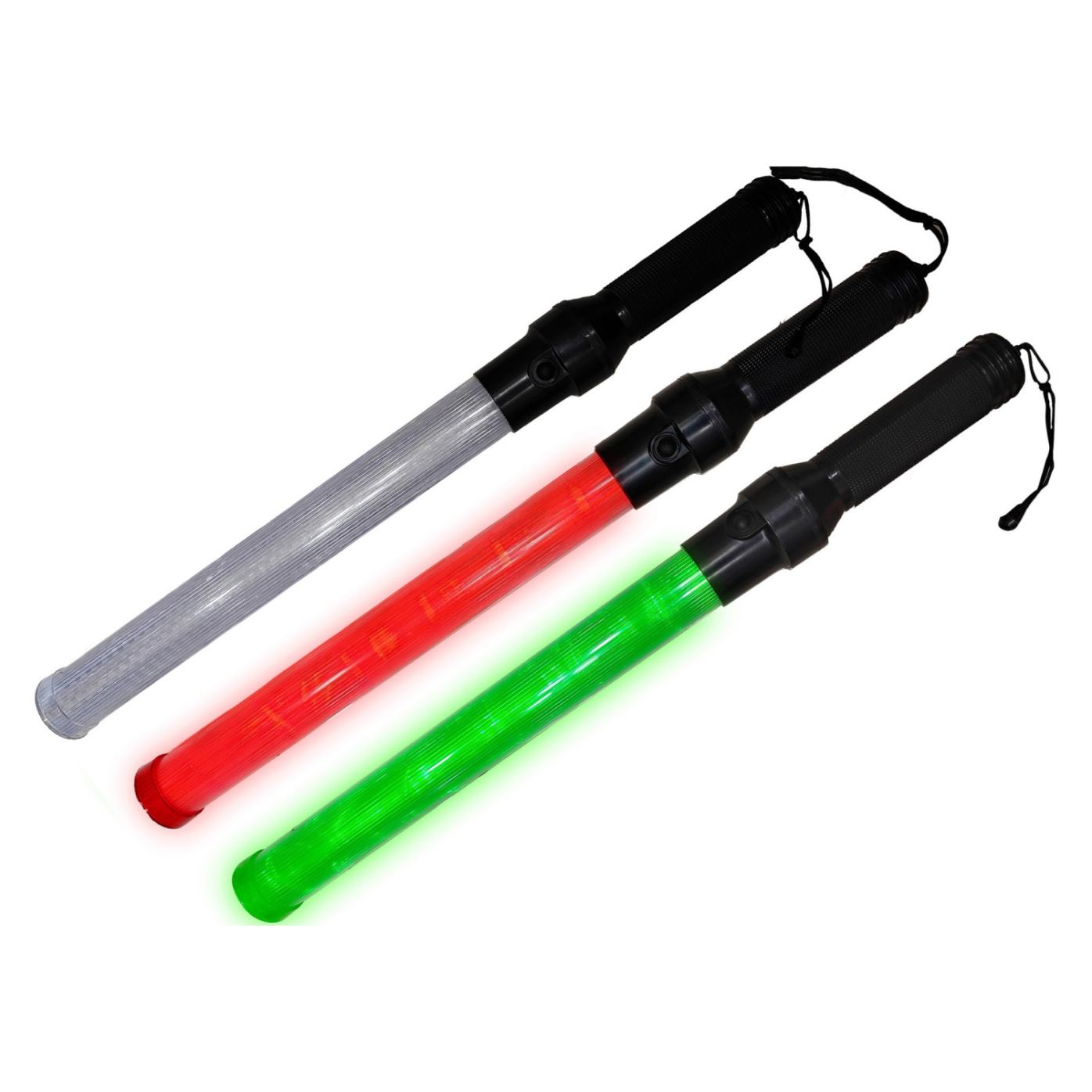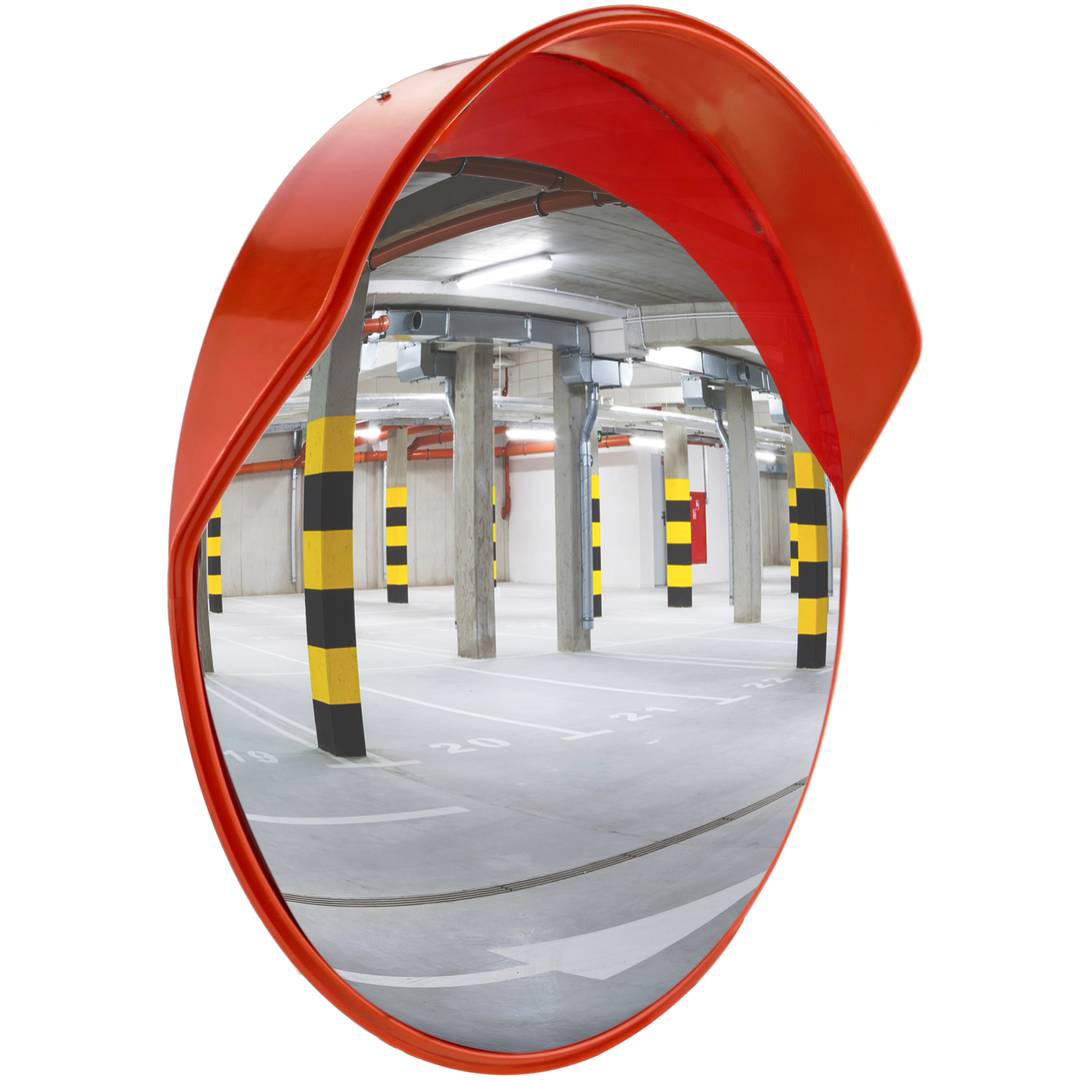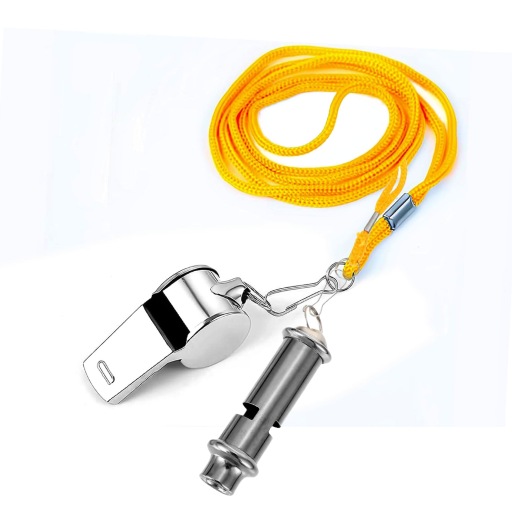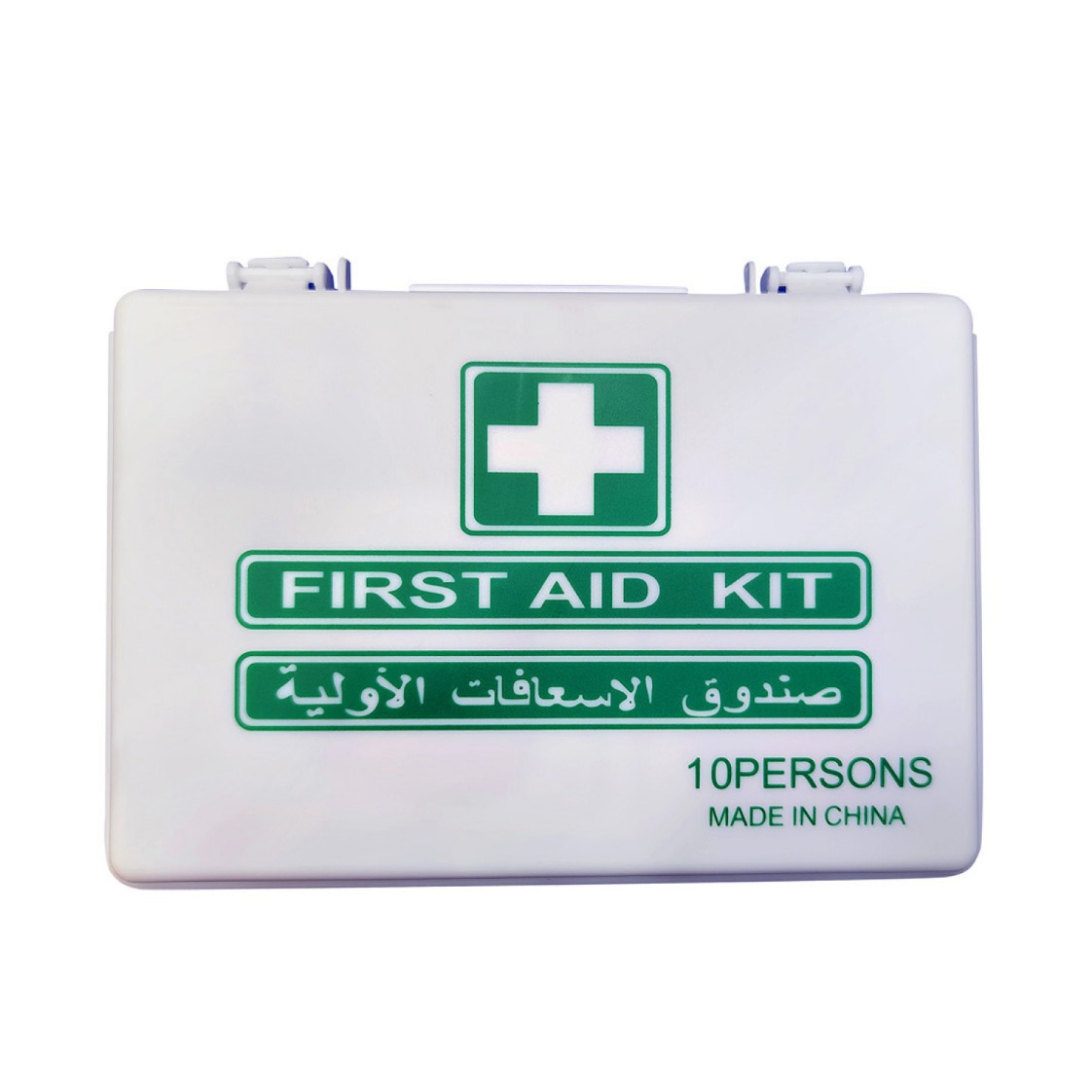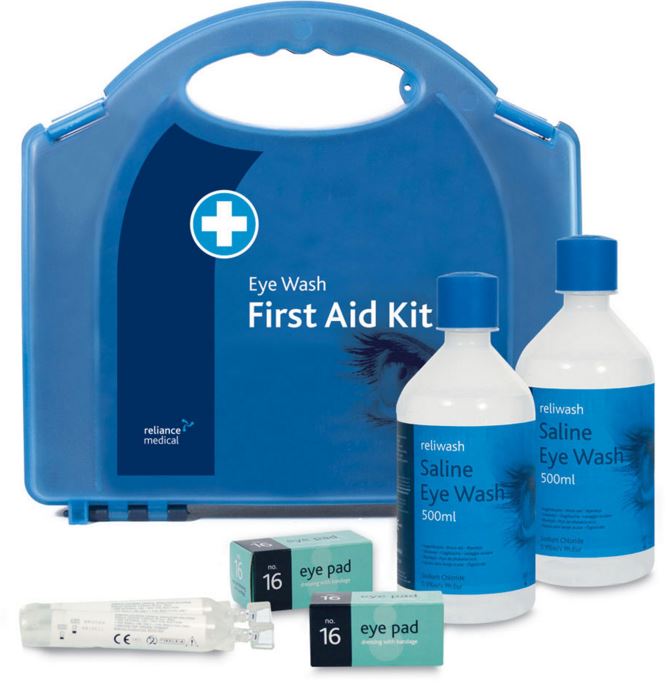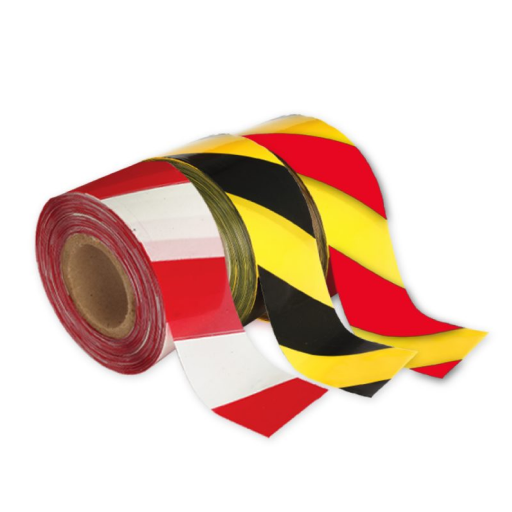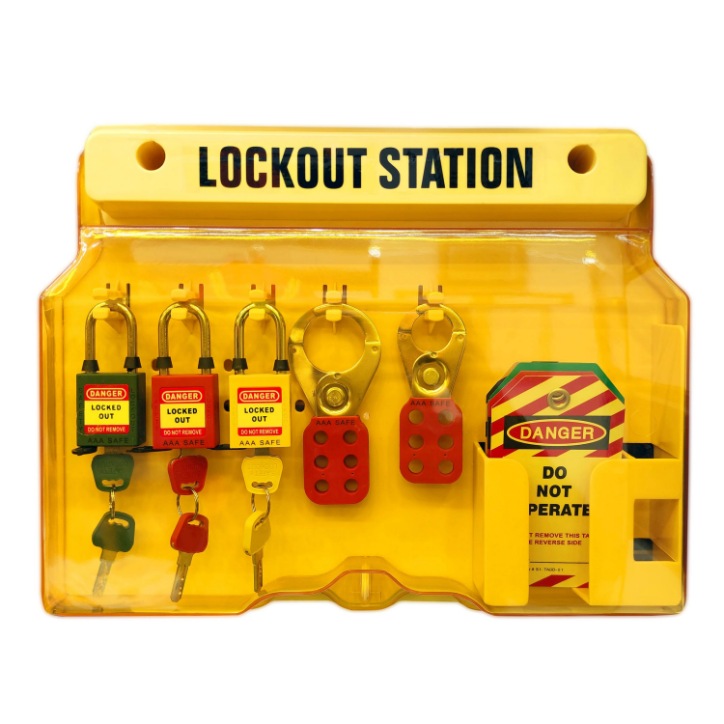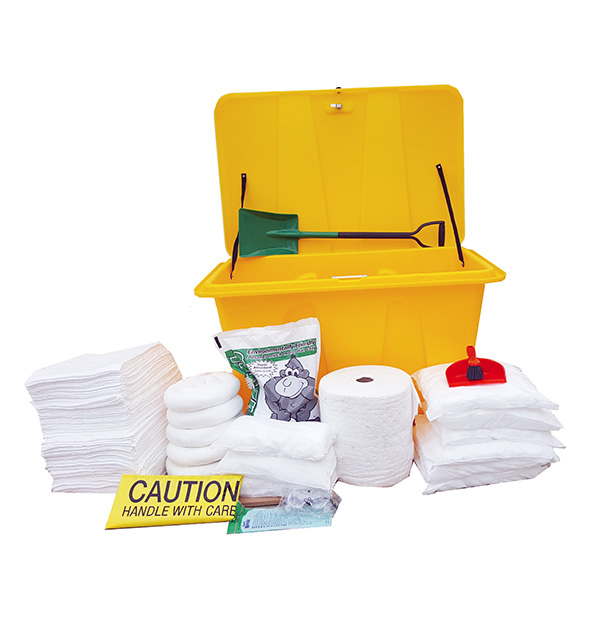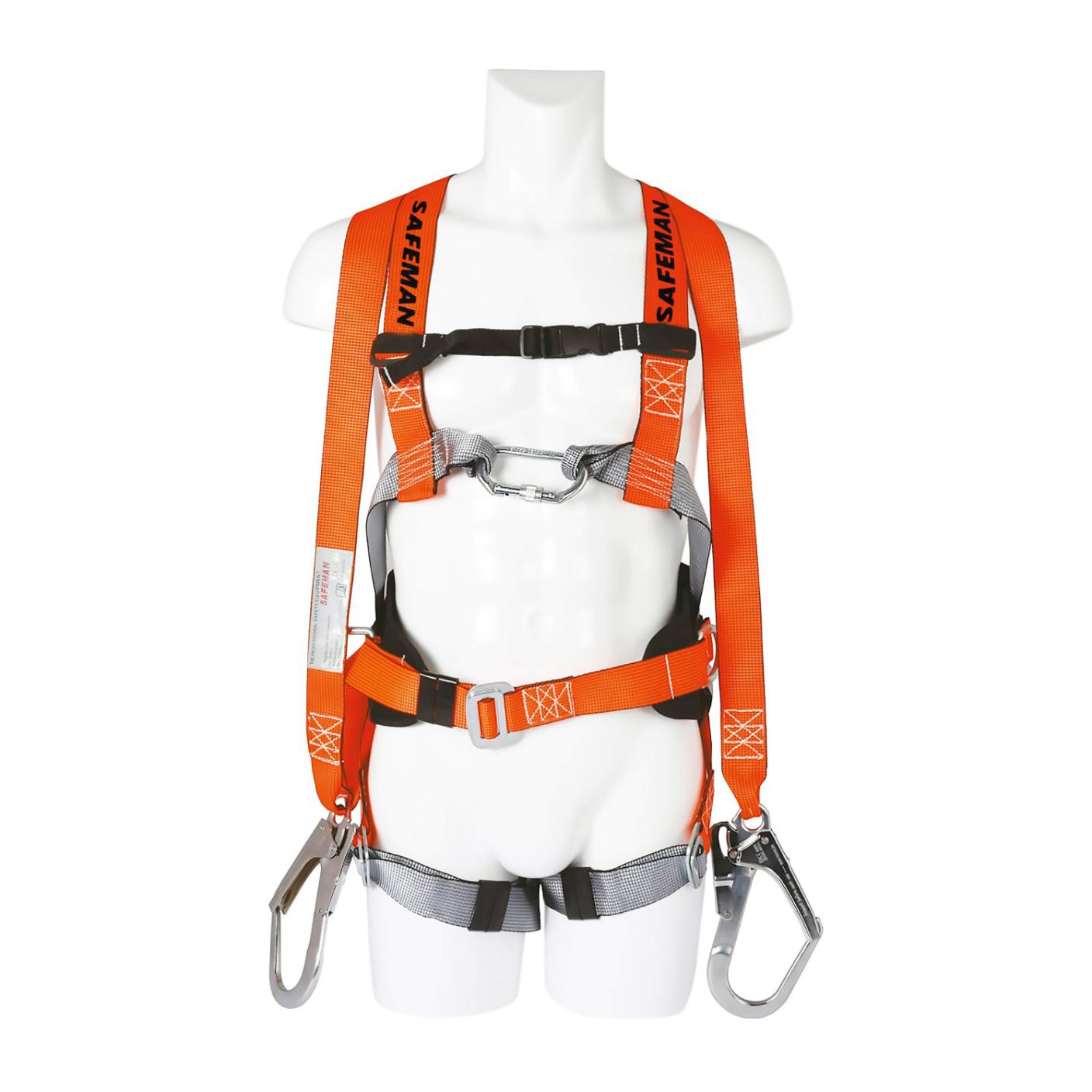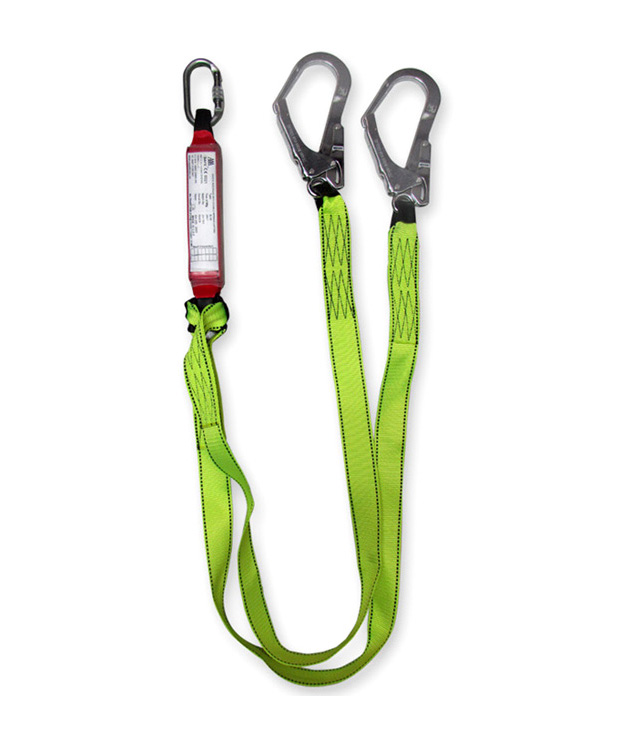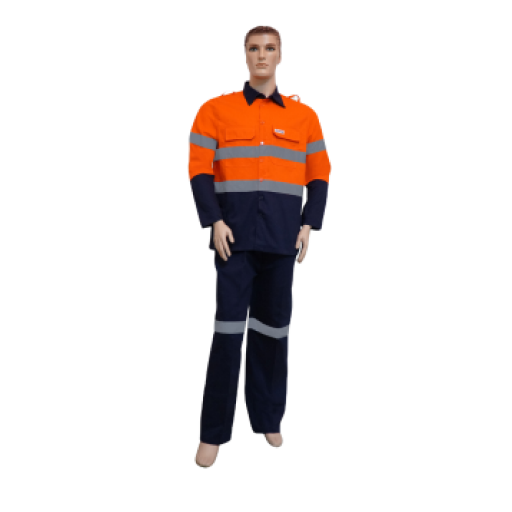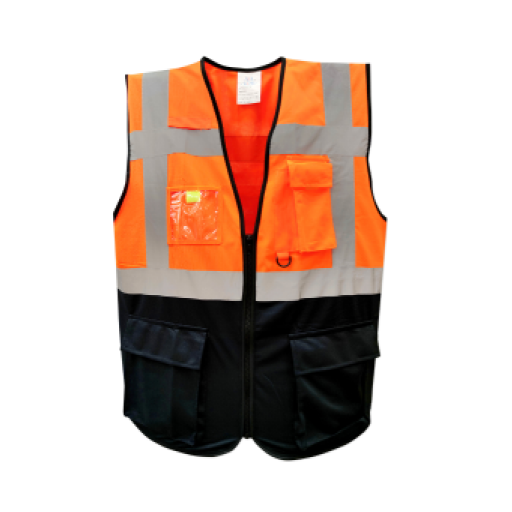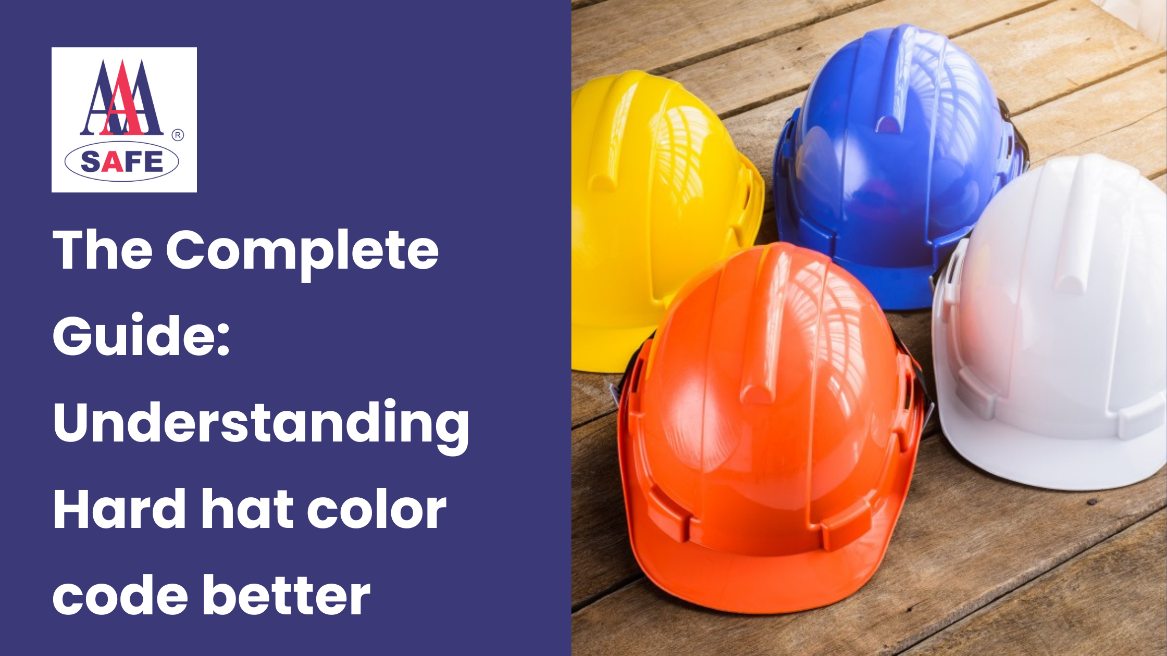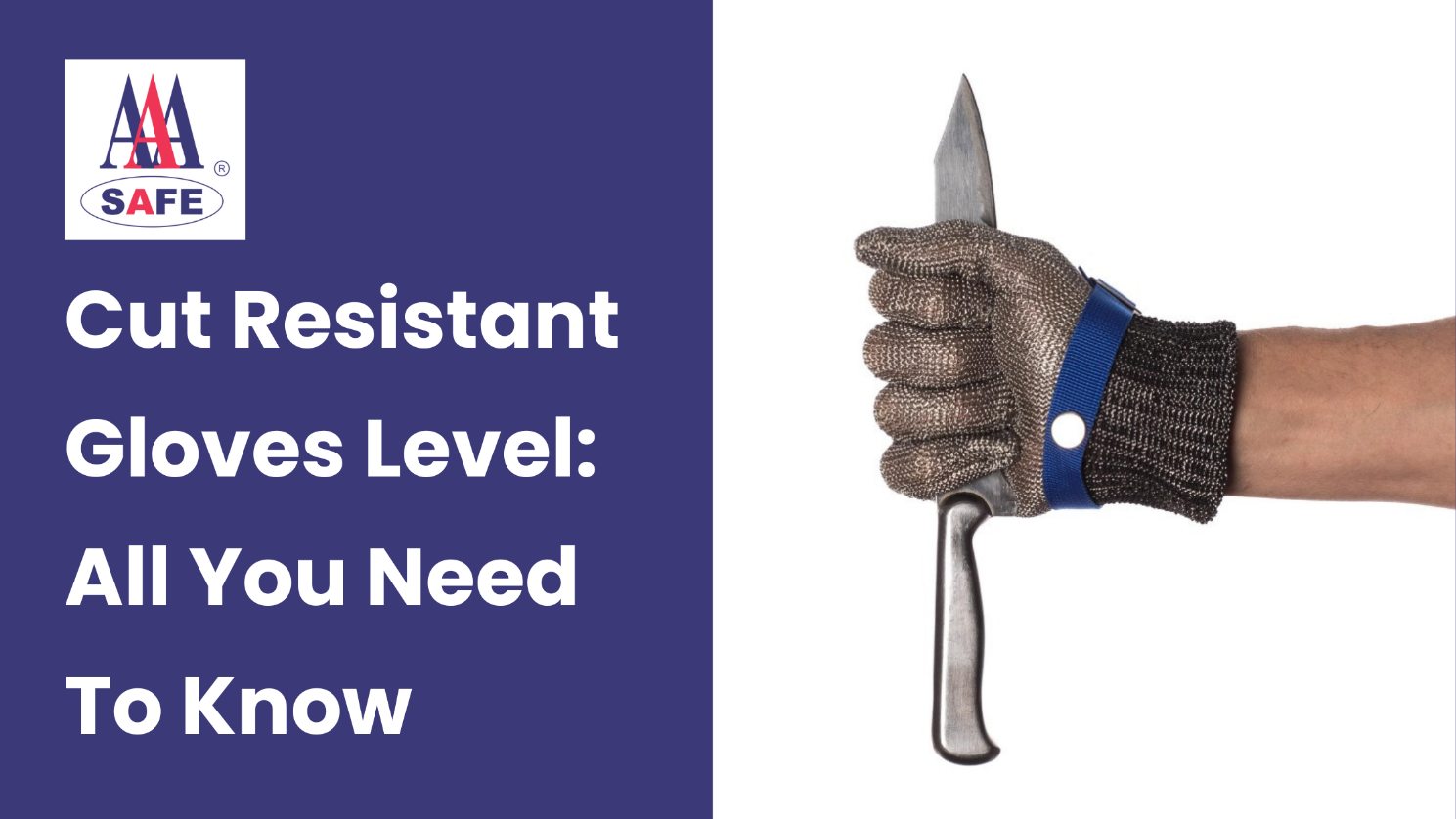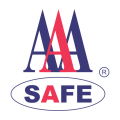Warning tapes are also known as caution tapes, or the barricade tapes. The main purpose of a warning tape is to warn or notify the workers or passers by about the presence of a danger or any hazard in that particular area. Warning tapes act as a guard and caution the passers about a restricted danger area ahead.
Warning tapes are widely used across different industries. You may have come across such tapes, as police, traffic authorities, and industries heavily rely on warning tapes to guard dangerous or unsafe places. Whenever you see such bright color warning tape, stop right there, as the place might be forbidden for people to enter.
These tapes usually come in bright color and are durable and temperature resistant. Every manufacturer uses nylon, polyethylene, or polypropylene to make warning tapes.
Warning tapes or caution tapes or barricade tapes whatever you may call it are useful in a number of industries. Police, law enforcement, traffic personnel, emergency services or any other industrial workplace settings, strongly rely on warning tapes to guard restricted and dangerous places. These tapes successfully cautions and prevents people from entering a danger zone. If you’re an employer then at some point you’ll need good quality warning tapes to keep people away from hazardous and dangerous places. So invest in good quality warning tapes. There are many types of warning tapes available in the market. Before you buy, let’s understand different types of warning tapes and their use in different industries.
Materials Used in Warning Tapes
The following materials are used in warning tapes.
Polyethylene (PE):
Warning tapes are mostly used in outdoor conditions. Therefore, these tapes must survive different weathers and temperatures. So polyethylene is used to make these tapes durable and weather resistant. Polyethylene is a three in one plastic material: It’s flexible, durable and lightweight. This combination successfully creates durable and weather resistant warning tapes.
Polypropylene (PP):
Though durability is critical in warning tapes, it isn’t enough. A warning tape must be tough and strong enough to survive the tearing and breaking. Polypropylene adds the required toughness and thickness to the tapes, enough to make it resilient to rough handling, tearing or challenging conditions.
Both Polyethylene (PE) & Polypropylene (PP) make the warning tapes durable, flexible, thick and easy to handle during installation. These materials are designed to facilitate rough handling, allowing workers to easily unroll, stretch, and attach them as needed.
Reflective Materials & Coloring Agents:
Warning tapes must be visible in low-light conditions. So reflective material is used to enhance the visibility. Enhanced visibility and various bright colors clearly signify the type of danger and restricted areas even in low-light conditions. Warning tapes come in different colors like red, blue, green, yellow etc. However, colors can vary by industry, region or the message intended.
Types of Warning Tapes
Every workplace setting has a restricted area. An area prohibited for both visitors and workers. A restricted area means presence of danger. Violating it may lead to dangerous consequences. So to warn the passers or caution the people around, this restricted area is guarded with warning tapes. Spotting these tapes alarms the visitors and he or she may think twice before stepping into the danger area. And that danger could be in any form. There could be open circuits & electrical wires, dangerous chemicals & machines, etc So warning tapes are required to mark these areas unsafe.
There are different types of warning tapes available in the market. Warning tapes usually come in bright colors. The following colors are common and used across various industries: Let’s understand the types and colors:
Red:
Red color is universally associated with danger. When the traffic signal is red, you immediately slow down and apply the brakes. Similarly, when spotting a red warning tape, you should stop right there. Because red warning tapes signal the presence of a danger ahead. Red warning tapes are mostly used to caution about electricity & fire dangers.
Yellow:
If red color is universally associated with danger, then yellow color is universally associated with caution. Yellow warning tapes are used to caution people about the danger ahead. Whenever you spot a yellow warning tape, slow down and proceed ahead with care. This type of warning tape alerts you about the dangers like a wet floor, a construction zone, or a work in progress, or any other areas containing hazardous products.
Yellow Crime Scene and Police Tape:
To avoid the tampering of evidence, police officers use yellow warning tapes to secure a crime scene. You may have seen this in a movie. Police officers mark the crime scene area with yellow warning tapes and prevent unauthorized entry. These yellow tapes signal the presence of police officers in the area and once you spot these yellow tapes, don’t cross the line as police officers might be investigating a crime scene.
Blue:
Blue warning tapes are used for signaling dangers as well as guiding people to locations. A faulty machine is marked by a blue warning tape & an area with water lines is also marked with a blue warning tape.
Green:
Green warning tapes are mostly used to specify safe zones. Especially in an emergency situation, a green warning tape will guide you towards a safe exit. Plantation and green areas are also marked with green tapes.
Orange:
Orange warning tapes cautions people about the construction zones or roadwork ahead. They also signal the presence of any gas line, electric line, irrigation line, sewer line below. Orange warning tapes are also used to alert about any technological dangers.
Importance of Warning Tapes in Various Industries
Warning tapes effectively communicate about the dangers and hazardous places. These tapes are useful in many ways to ensure the highest form of workplace safety, regulatory compliance, and effective hazard communication in various industries. Different types of warning tapes can be used for the following:
- Safety Enhancement
- Marking Hazardous Zones
- Compliance with Regulations
- Emergency Preparedness
- Construction Site Management:
- Electrical Safety:
- Traffic Control:
- Chemical Handling and Storage:
- Facility Maintenance
Wrapping Up: What Is A Warning Tape and Why Is It Used?
Warning or caution or barricade tapes are essential to workplace safety. Restricted areas should be marked around with these tapes. Different types of warning tapes are available in the market. Such as red warning tape, yellow warning tape, orange warning tape, blue warning tape, green warning tape etc. Each type of warning tape is used for a specific signal. Red signals danger, yellow signals caution, green signals safe, etc. However, the purpose of every warning tape is one: to warn or notify the workers or passers by about the presence of a danger or any hazard in that particular area. These tapes are useful in construction industry, manufacturing, oil and gas, traffic control, emergency services, crime scene, roadword etc. So invest in good quality warning tapes and successfully mark the restricted and hazardous zones.





